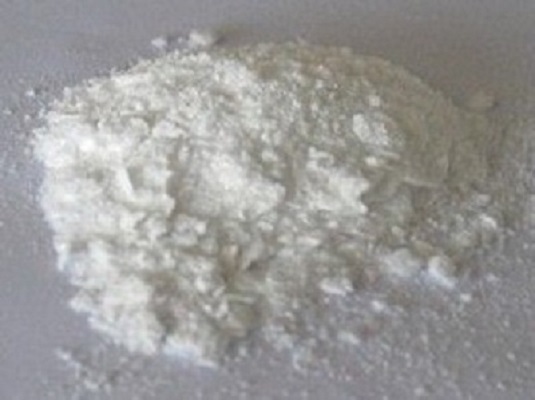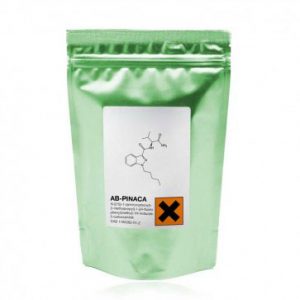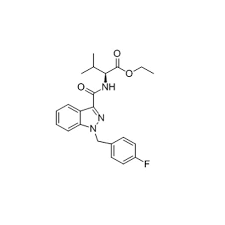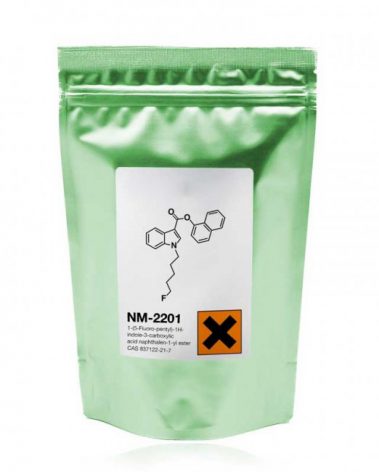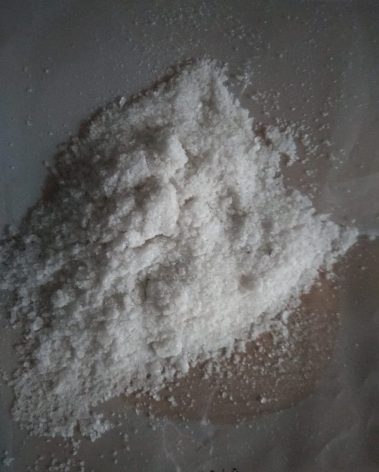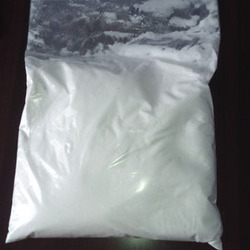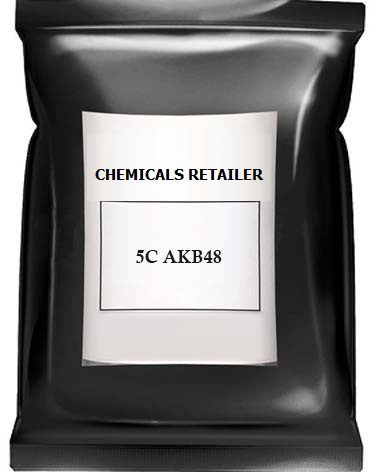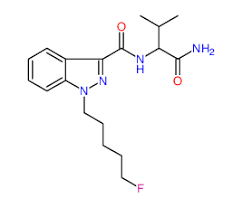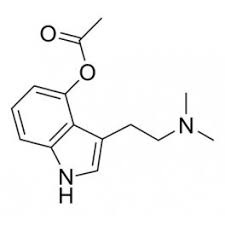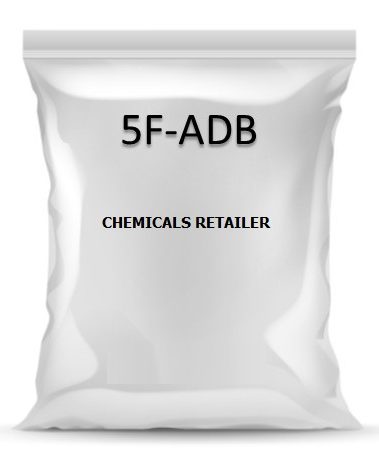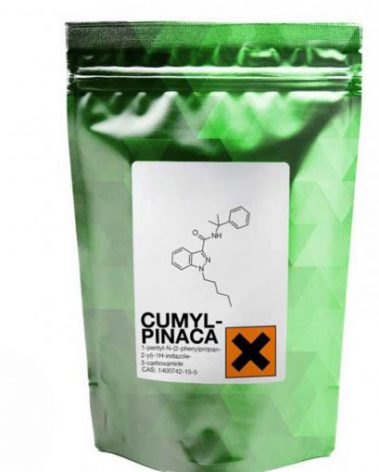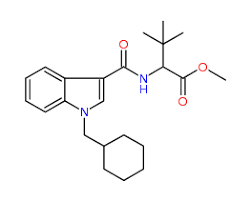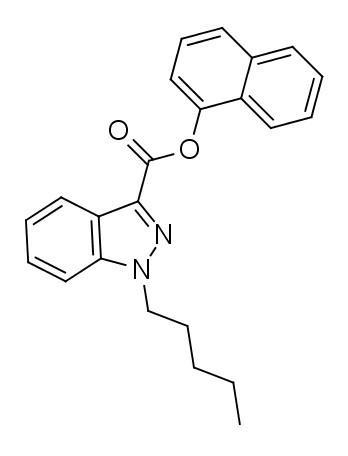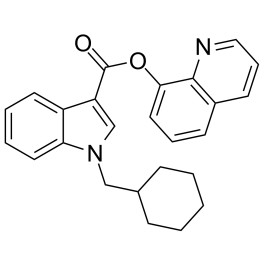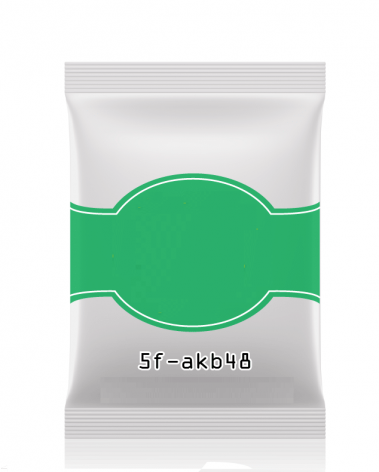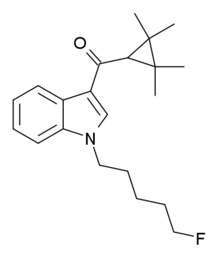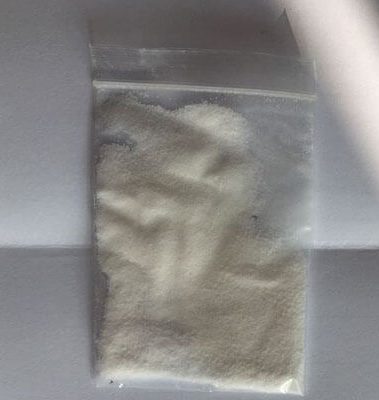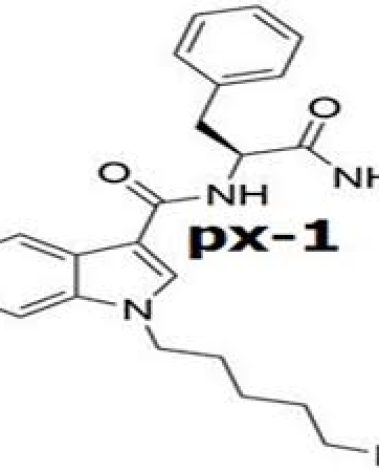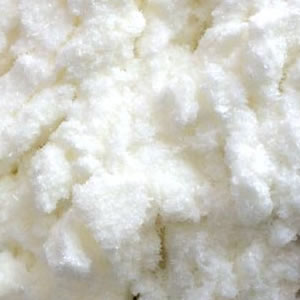Buy 3-HO-PCP
$400 – $2,600
Buy 3-ho-pcp is very similar with 2-FDCK,3-meo-pcp. 3-Hydroxyphencyclidine (commonly known as 3-HO-PCP) is a novel dissociative substance of the arylcyclohexylamine class that produces potent dissociative, hallucinogenic and euphoric effects when administered. In addition to its primary activity as a NMDA receptor antagonist, it has been found to have appreciable affinity for the μ-opioid receptor. 3-HO-PCP […]
Buy 3-ho-pcp is very similar with 2-FDCK,3-meo-pcp.
3-Hydroxyphencyclidine (commonly known as 3-HO-PCP) is a novel dissociative substance of the arylcyclohexylamine class that produces potent dissociative, hallucinogenic and euphoric effects when administered. In addition to its primary activity as a NMDA receptor antagonist, it has been found to have appreciable affinity for the μ-opioid receptor.
3-HO-PCP was first synthesized in 1978 to investigate the structure-activity relationship of phencyclidine (PCP) derivatives. It was further explored alongside PCP in the 1980s, where it was discovered to possess μ-opioid agonist activity in animal models.
Like other substances of its class, particularly methoxetamine (MXE), phencyclidine (PCP), and 3-MeO-PCE, it is known to primarily induce a state referred to as dissociative anesthesia, albeit the extent to which this occurs has been reported to be highly dose-dependent and variable in its effects.[citation needed] It is unknown whether the studied opioid properties in animal models applies to humans, with some early reports suggesting that it does not.
There are also reports that suggest this compound may produce more physical side effects such as muscle soreness and flu-like symptoms during or shortly after administration. This suggests it may be uniquely more dangerous or toxic than related dissociatives, particularly at higher doses.
Today, 3-HO-PCP is almost exclusively distributed as a gray area research chemical by online vendors. Extremely little is known about its pharmacology, metabolism and toxicity in humans. Due to its sensitive dose-response, potential habit-forming properties, as well as unknown toxicity profile, it is strongly recommended that one use proper harm reduction practices if choosing to use this substance.
The physiological and toxicological properties of this compound are not known. This product is intended for forensic and research applications.
There are also reports that suggest this compound may produce more physical side effects such as muscle soreness and flu-like symptoms during or shortly after administration. This suggests it may be uniquely more dangerous or toxic than related dissociatives, particularly at higher doses.
| Quantity | 25 Grams, 50 Grams, 100 Grams, 250 Grams, 500 Grams |
|---|
